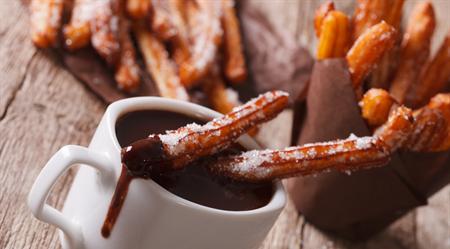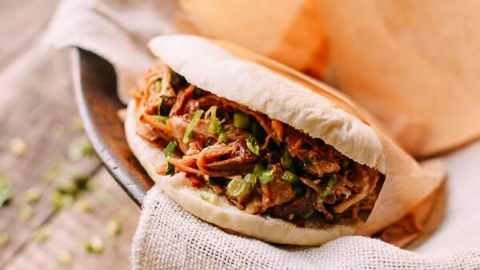Galette Des Rois - France
“King’s Cake” is the English name for this cake. Traditionally, this sweet cake is eaten after Christmas or during the first week of January. The cake usually has a small plastic baby figure (supposed to represent the baby Jesus) hidden inside the cake. Whoever eats the piece of cake containing the figure will receive many benefits and obligations. In France, the cake is often sold with a paper crown so that whoever finds the figure will wear the crown and become the king or queen of the party.

Galette Des Rois is made of dry bread dough sprinkled with sugar. This cake is quite popular and you will not have much trouble finding it in bakeries or cafes in France.
Black Forest Cherry Cake - Germany
This type of cake originated from the southeast of Germany, the Black Forest (Schwarzwälder). This forest has many cherry trees. According to an old tradition, when each couple got married, they came here and planted a cherry tree, and because of that story, the Black Forest became a tourist attraction in Germany. From the image of the deep black forest with ripe cherry trees, bakers conveyed the story into flour and eggs to turn them into the famous traditional German cake as it is today.
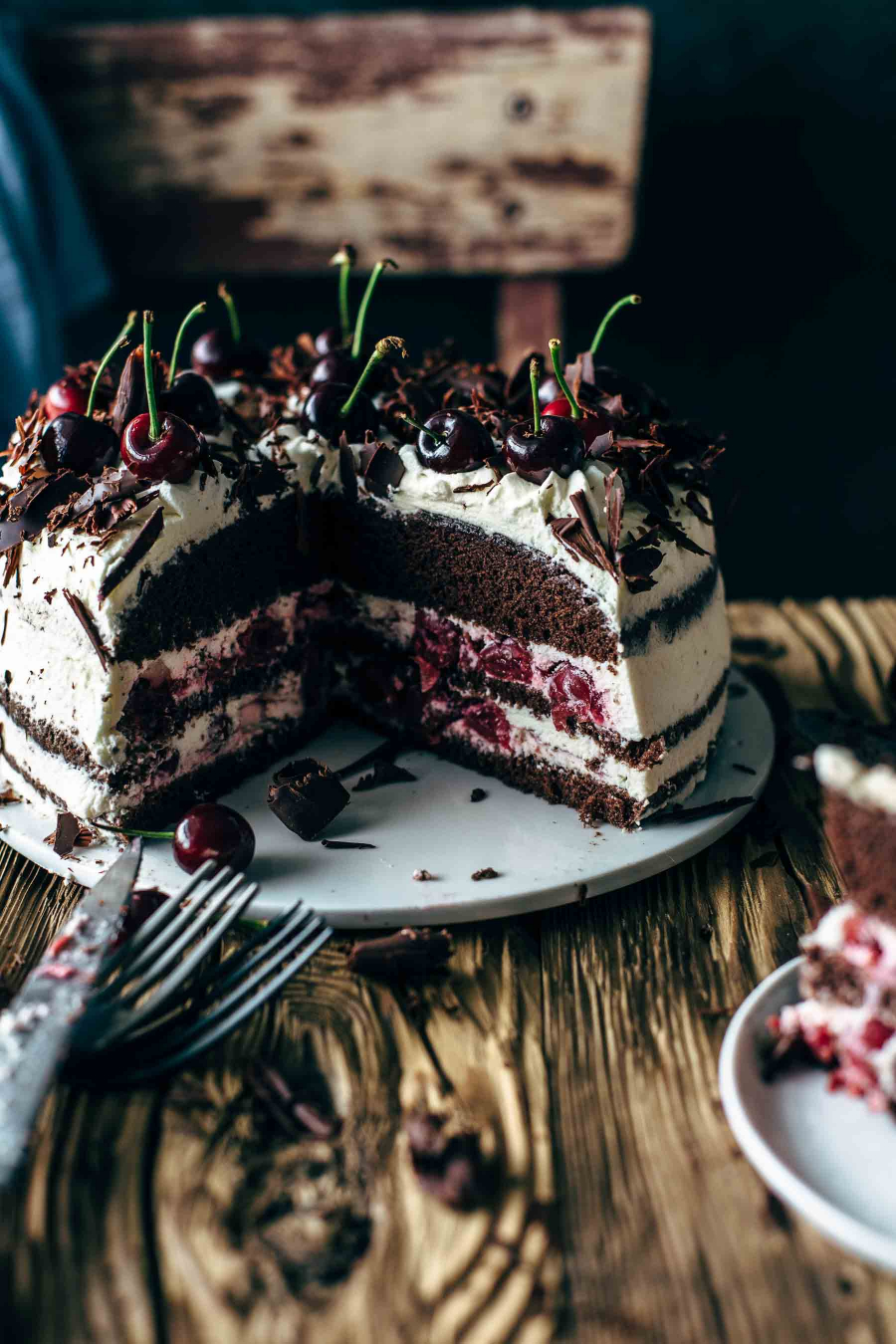
The signature ingredient of the cake is cherry wine (Kirsch), the black color of the cake symbolizes the black forest. Black Forest Cherry consists of many layers of chocolate cake separated by a layer of cherry and cream, in addition to chocolate chips and a few cherries to decorate the cake to make it more attractive. The Germans are really sophisticated when conveying many meanings into the Black Forest Cherry cake.
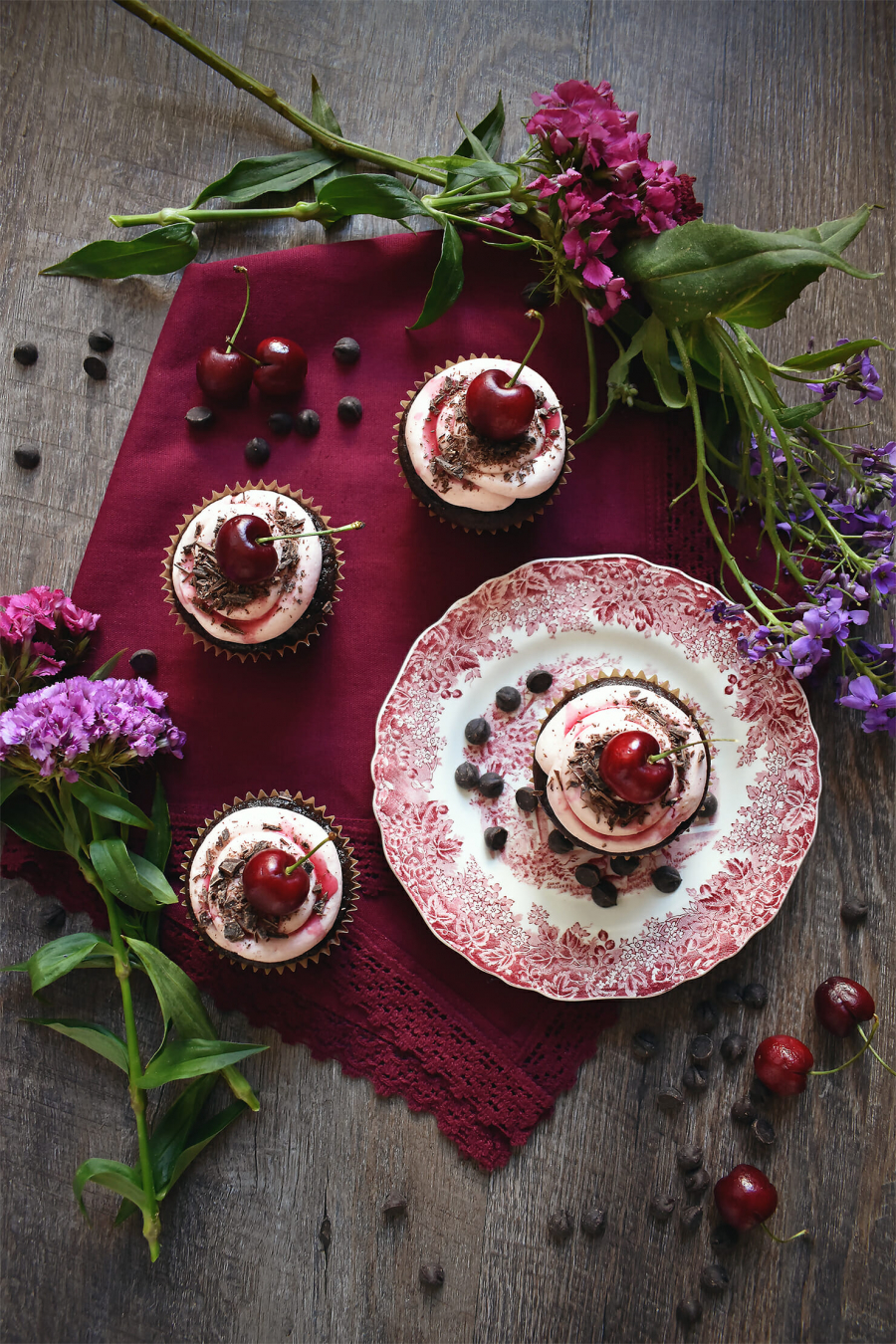
Mochi - Japan
Mochi is a traditional Japanese cake made from rice flour, usually prepared on New Year's Eve. However, people do not only eat Mochi on New Year's Eve. Mochi is quite popular because its main ingredient is rice flour - a type of flour that is easy to buy anywhere and can be combined with many other ingredients.
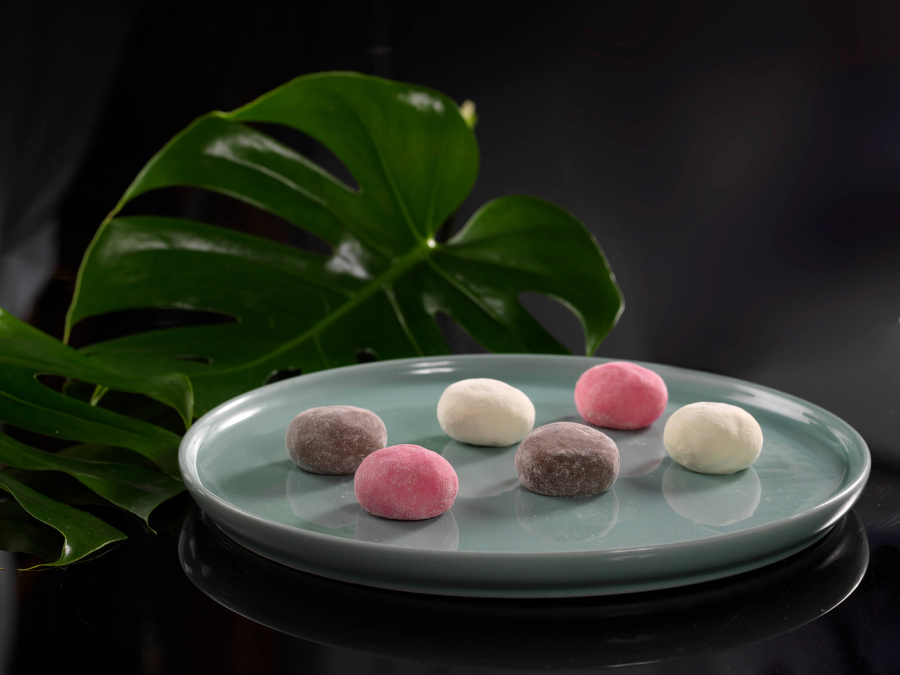
The Japanese offer Mochi cakes on New Year’s Day, Mid-Autumn Festival… to pray for longevity. On traditional days, the Japanese tie Mochi cakes on long bamboo sticks and roast them in a fire. They believe that eating grilled Mochi cakes at Dondo-yaki will bring health throughout the year. Mochi cakes are also present in the Japanese Choto-shiki house-building ceremony.

Pavlova - New Zealand & Australia
Named after the famous Russian ballerina Anna Pavlova, this cake was created during the ballerina’s visit to New Zealand. Pavlova is known for its distinctive feature – it is not made from flour or other cereals.
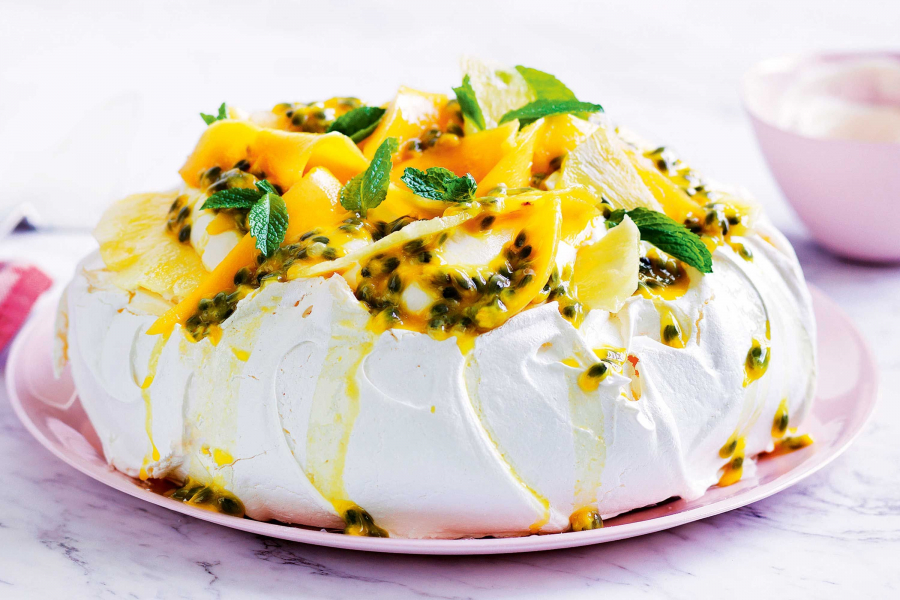
Pavola is simply made from beaten egg whites with sugar (this mixture is also called meringue), without the sponge cake base like other cream cakes. The special thing about Pavlova is that the filling is sweet and fluffy marshmallows and is covered with many different fruits such as strawberries, passion fruit, blueberries... Some people also compare these cakes to "Fruit Paradise". These ingredients have created a unique cake in the world that no other country has.
Tres Leches Cake - Mexico

Tres Leches Cake is not only a traditional Mexican cake but it has become a popular cake throughout South America. Tres Leches Cake is soaked in three types of milk (that's why Tres Leches Cake is also called Three Milk Cake). After soaking, the milk in the cake will evaporate and become condensed. The icing on the top of the cake is usually whipped cream or egg whites whipped with sugar. The combination of these ingredients makes the cake soft, spongy and has a slightly fatty taste of egg whites.
















.jpg_8.jpg.jpg)









